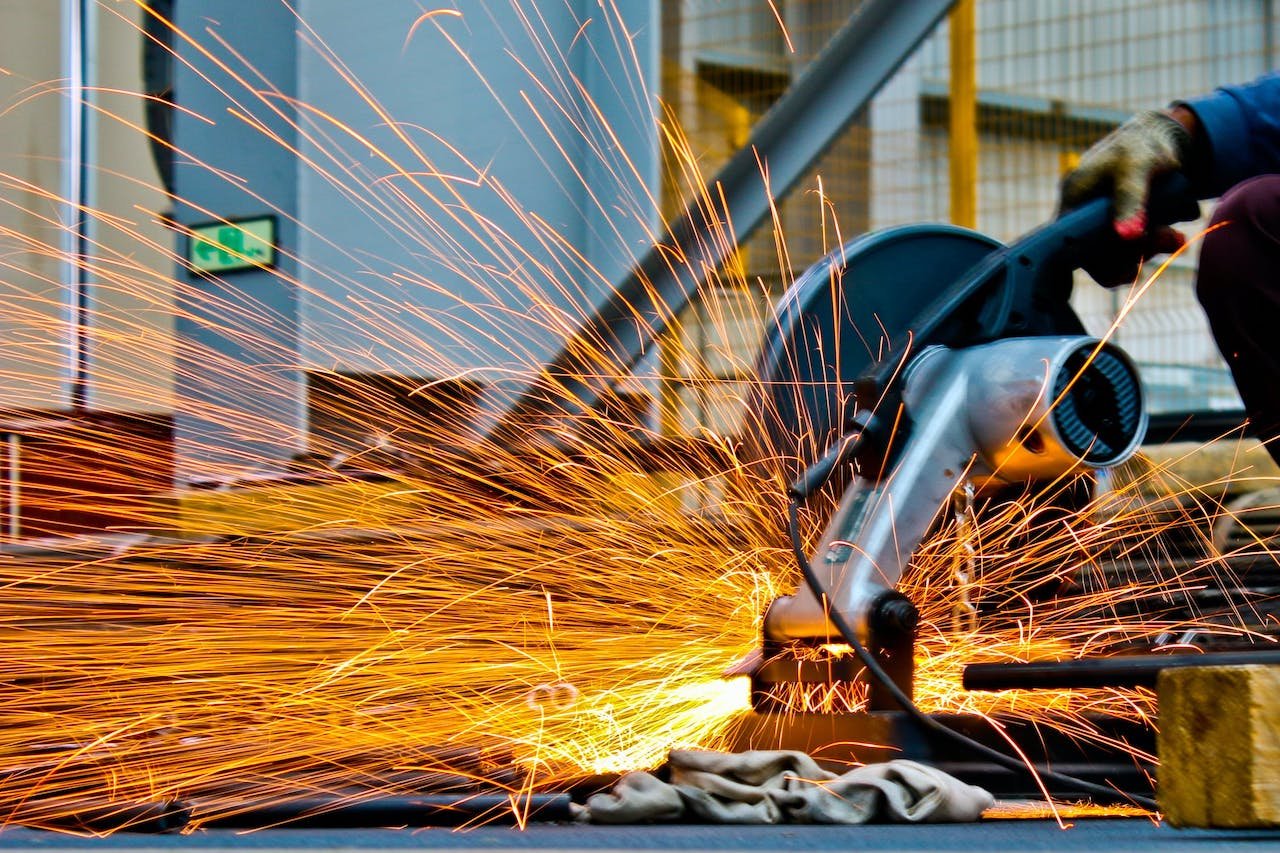4 Ways To Slash Heavy Machinery Costs
Dump trucks, tractors, pavers, dozers, and elevators help to speed up work and get more done. But they come at a cost: regular maintenance. You have to constantly invest in them to keep them running optimally.
Most businesspeople accept this as a fact of life. Running a business costs money, and there’s nothing they can do about it.
But others want to challenge these assumptions.
The latter is the approach we take in this post. While depreciation is inevitable to some extent, it doesn’t necessarily have to proceed at a regular pace.
Here are some ways that you can slash heavy machinery costs and become more profitable.
Use Tools Correctly
Using tools and machinery correctly is one of the best ways to cut your heavy machinery costs. If you can stick to the proper specification, you can lower your outgoings considerably while, at the same time, ensuring worker safety.
Take a look at the manuals for your tools. Check that workers are compliant and working within operating parameters. If you encounter instances where they are not operating according to the proper procedures, document them and then organise proper training. Don’t allow damage to accrue to your equipment because of improper use.
Tool breakdowns are expensive and usually highly damaging. When things go wrong, they tend to do so spectacularly.
The trick here is to engage in preventative maintenance. Your goal should be to stop problems before they arise.
That’s one of the reasons why many machinery owners get a hydraulic repair service once per year as standard. The equipment hasn’t necessarily gone wrong but it just needs servicing to keep it in the best condition possible.
If you can detect an issue before a breakdown, you can lower your costs significantly. You can also enhance worker safety and prevent costly, damaging downtime that could leave you out of pocket.
Use Checklists
Using maintenance checklists is a great way to reduce your overall costs. Having a properly detailed list for each item of equipment you own makes it easy to stay on top of maintenance.
Today, you can actually buy software that makes equipment maintenance considerably less challenging. These solutions tell you when you need to service various components on a timetable. It’s incredibly simple and intuitive. What’s more, you can keep it on a smartphone and share it with workers in the field via the cloud, giving you more versatility.
Train Your Staff Properly
If staff doesn’t know how to take care of your heavy machinery, they won’t. Damage will quickly accumulate and your capital costs will be much higher than you want them to be.
Because of this, you should regularly train your workers on how to use equipment properly. You should also regularly audit their practices to ensure that they do what they learn in training.
Ideally, staff should be able to spot problems with machinery. Good training gives teams the skills they need to identify equipment issues and resolve them as rapidly as possible.

